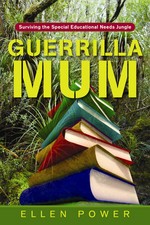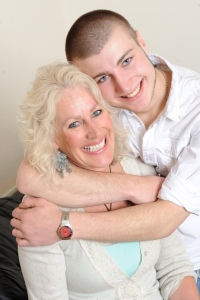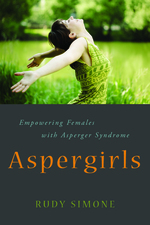Interview with Ellen Power – Part 5: My Top 5 Back-to-School Tips for Parents of Children with SEN
“My boys go back to school next week. I can’t believe how quickly the holidays have passed by! In addition to all of the usual preparation, next week I will be performing some extra tasks to make sure that the school year gets off to as smooth a start as possible. Here are my Top 5 Back-to-School Guerrilla Tips…”





